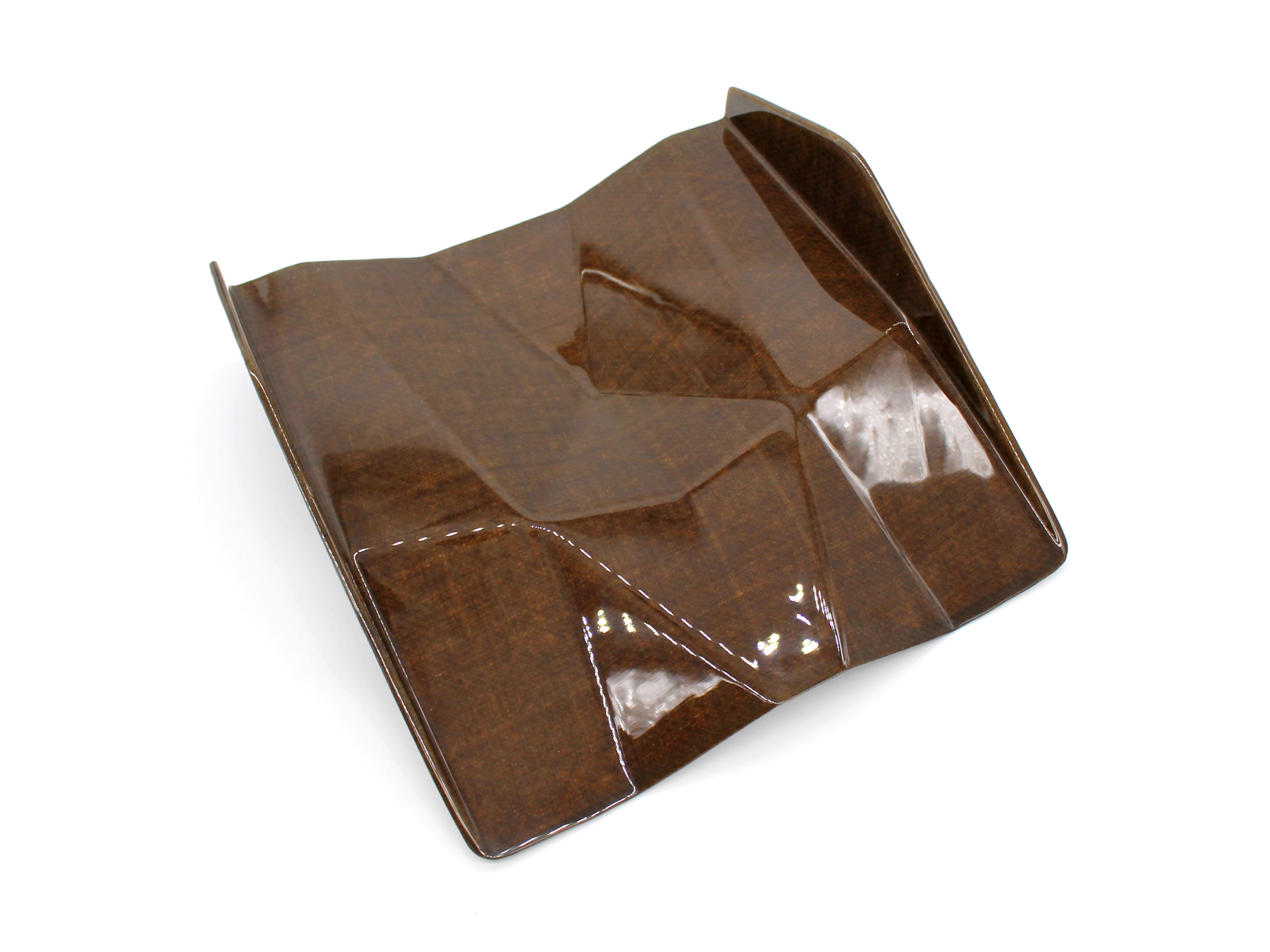
The National Composites Centre (NCC) and global disability charity Motivation have joined forces to design and manufacture a wheelchair seat pan made from sustainable composite materials.
Plans are to develop a seat suitable for disabled people in developing countries that is robust enough to cope with rough terrain, affordable to produce, and made from bio-based materials that could be locally sourced within those countries. Motivation also wanted to develop a lightweight, durable and hygienic product, according to the NCC.
The charity currently produces wheelchair cushions from polyurethane (PU) foam, which sit on either fabric ‘slung’ seats that are tensioned between framed sides, or a plywood base. These provide postural support and pressure management that is vital to wheelchair users who are at risk of developing pressure sores and other medical issues, leading to hospitalisation, increasing healthcare costs, reduced quality of life and even death. However, the constant and prolonged use of fabric seats can result in stretching that compromises user posture, while plywood may degrade. The sculpted foam cushion may also degrade or become unhygienic due to hot, humid climates, the NCC said.
The NCC designed a prototype composite wheelchair seat pan made of Gurit Flax Fiber and Sicomin Infugreen resin that can be molded to the user to ensure a surface that provides long-term postural control and pressure management. A thin cushion can then be added, replacing the sculpted PU cushions currently in use. This new design is lighter than the plywood equivalent and reportedly provides more durable, reliable, ‘built-in’ physical support and postural control, which can improve mobility, health and quality of life. Furthermore, it is easier and cheaper to replace the thin foam liner of a seat pan than an entire unrecyclable PU cushion.
‘The use of green composites could be a game-changer for the assistive technology sector and creates a challenge to ensure more sustainable practices through innovative thinking,’ said Ian Harris, senior designer at Motivation.
‘There is so much scope to optimise this design further, and many opportunities to explore the end-of-life potential for this design so that the seat pans can be easily recycled, bringing even more environmental benefits,’ said Adam Healey, NCC research engineer.
‘The overall costs to manufacture the green composite seat are slightly more however the long-term benefits of quality of life and durability completely outweigh the increase in production costs,’ a press release added.
This story uses material from the NCC, with editorial changes made by Materials Today. The views expressed in this article do not necessarily represent those of Elsevier.






